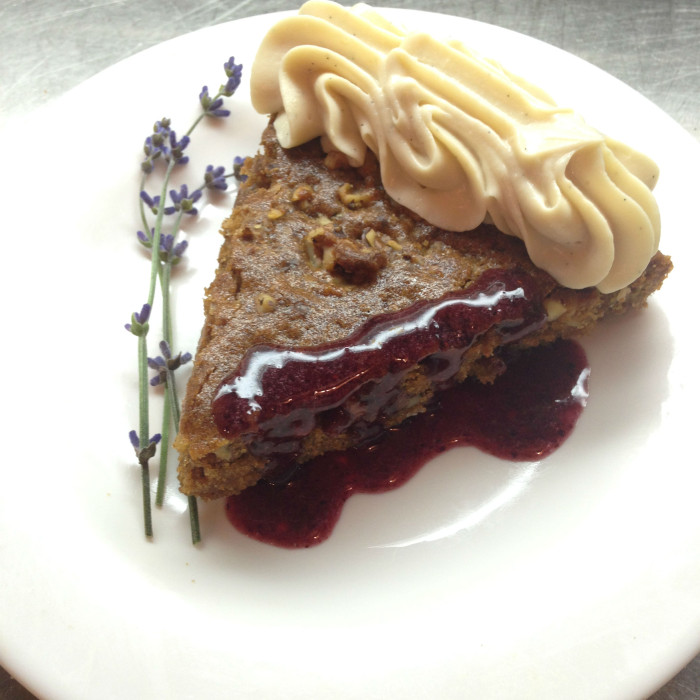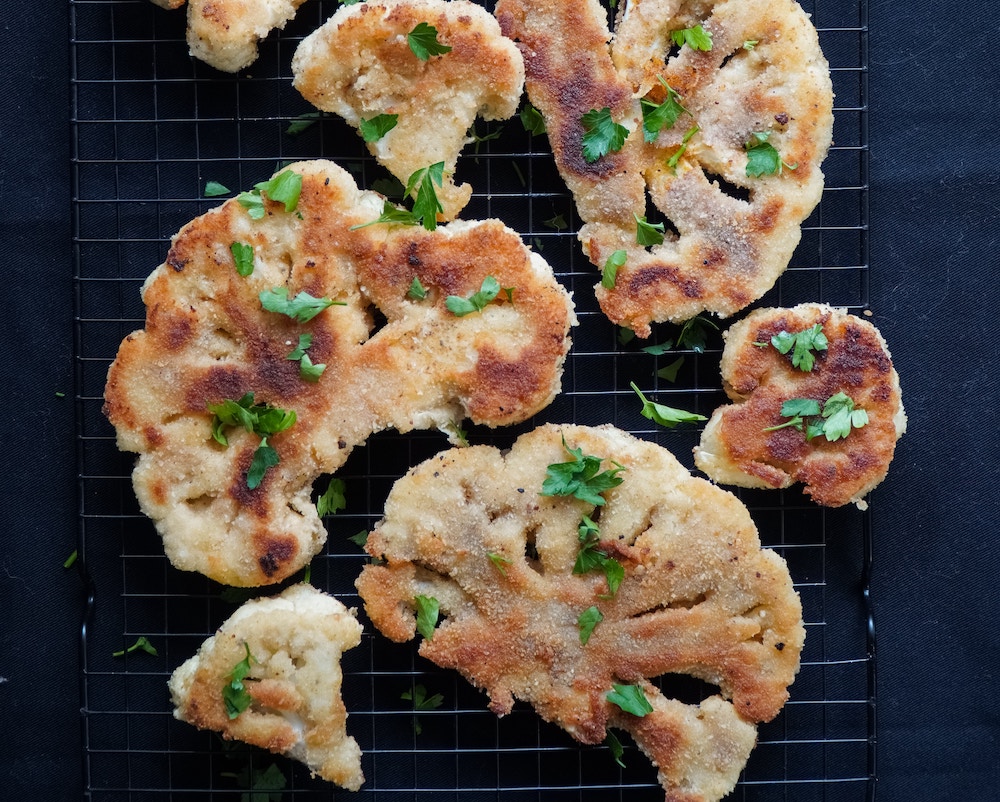There are a lot of sweeteners out there. With so many different choices it’s hard to know what exactly is best to use when subbing in or out of a recipe. Vegans especially want to avoid using white sugar because much of it is filtered through bone-char, an animal by-product used in the refining process to obtain that bleached-white color. While not all white sugar is filtered with bone char, there’s really no way to know —which is why it’s best to avoid it altogether. Luckily, there are a ton of less refined options that are also fair-trade certified and more eco-friendly to choose from.
Different sweeteners are better for different purposes, and it also depends on your recipe. Switching between granulated and liquid will give you different results, so you’ll have to play around to find out what you’re happy with. If you wanted to try swapping in a liquid sweetener for a granulated, try reducing your other liquids in the recipe by 2 tablespoons each so that your ratios aren’t thrown off. If you want your batter or dough to taste sweeter than the recipe calls for, but you’re happy with its consistency, use a granulated sweetener. If your batter or dough texture is too thick and you want it sweeter, use a liquid sweetener to thin it out. Here is a list of sweetener options, both granulated and liquid, that you can try out in your baking projects, and also some tips on how and when to use them.
Granulated sweeteners
Evaporated cane juice (or organic cane sugar)
Can be subbed for white sugar 1:1 in a recipe. It is an off-white blonde color. Very similar to white sugar, but without any of the refining or bleaching that plain old white sugar goes through.
Sucanat
Sucanat stands for “sugar cane natural,” and is also known as whole cane sugar. It is the least refined sugar. This can also be used in place of white sugar in recipes 1:1, but it will have a stronger molasses taste, because all of the natural molasses is left in sucanat. If you have a recipe that calls for white and brown sugar, try subbing your white sugar for evaporated cane juice, and your brown with sucanat. Make sure to grind your sucanat in a blender or food processor (a vitamix gives great results!) before you use it, because it is too coarse. If using a vitamix, grind sucanat only 2 cups at a time, or it won’t grind all the way. You can grind sucanat in advance and keep stored in a jar for future use.
Date sugar
Date sugar is expensive, and won’t give good-looking results for baking. It clumps and doesn’t dissolve the way other sugars do. Use it for garnishing and sprinkling on top of baked goods instead.
Maple sugar
Maple sugar is the granulated form of maple syrup (maple crystals) and while very expensive, is a nice and “clean” way to replace white sugar.
Stevia
A non-sugar sweetener derived from the stevia plant that doesn’t add calories. However, it is much sweeter than other sugars, so a little goes a long way. If you want to replace sugar with stevia, make sure you’re using less: for every 1 cup of sugar, use 18-24 stevia packets, or 1 teaspoon of liquid stevia extract. Then, use a bulking agent to make up for the lost space, like apple sauce or fruit puree (mashed banana for example.)
Liquid sweeteners
Maple syrup
The most reliable liquid sweetener for baking cakes. Maple syrup is the liquid version of maple sugar. Maple can be expensive, but the darker the maple, the cheaper it is. Make sure you keep maple syrup refrigerated. You can also cut maple syrup with some agave to bring down the cost, but not too much, because…
Agave
Agave can be used in some instances, but if you solely use agave to sweeten a baked good, it will make your product gummy (especially cakes.) There is light and dark agave to choose from, which have different tastes: light agave is more neutral, and dark/amber agave is more caramel-y. I use agave to sweeten whips and creams or pie fillings for example, but never as the sole sweetener in a floured baked good like a cake or cookie. As I previously mentioned, you can add some agave with your maple syrup to cut down on the cost of maple, but be careful or your consistency will change. Agave ranks low on the glycemic index but some people don’t like to use it because of it’s high fructose content.
Brown rice syrup
Used in a lot of macrobiotic and more old-school vegan desserts, and less sweet than regular sugar. Rice syrup is very sticky and thick. Heat it up first and it will be easier to work with. I wouldn’t recommend using rice syrup for baked desserts because it gives a crispier texture, but it can have other nice applications, like sweetening oatmeal or granola, or making a caramel, for example.
There is really no holy grail of sweetener, just some choices you can make in terms of what exactly you want to put in your body. While these sweetener options may seem “better” because they are not refined, they are not necessarily healthier–they are still just different kinds of sugar!
Here is a walnut blondie with vanilla bean whip and blueberry sauce that I made for my job. The blondie was sweetened with mostly maple syrup and a little agave.
Also by Maddy: Vegan Mac n’ Cheese Portobello Burgers
How to Make the Perfect Vegan Pie Crust
Related: Cooking Tips for the Reluctant Vegan Chef
Get more like this–sign up for our newsletter for exclusive inspirational content!
___
Photo: Maddy Strassler





